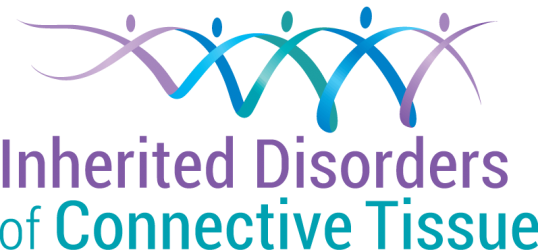Our bodies contain an estimated 37.2 trillion cells1, organised into tissues and organs. All of these cells are held in a matrix of molecules called ‘connective tissue’. Our tissues and organs are also supported by, and connected together with, connective tissue.
Connective tissue is therefore rather like a scaffold or glue, although it has other functions too, such as helping cells to move around or communicate with each other.
Examples of common connective tissues are:
- Tendons
- Ligaments
- Bone
- Cartilage
- The cornea of the eye
Each component of the connective tissue is made within cells (such as ‘fibroblasts’) using a set of instructions called a gene. A fault in one of these genes can result in an inherited disease that affects the connective tissue. The symptoms depend on which connective tissue is affected.
